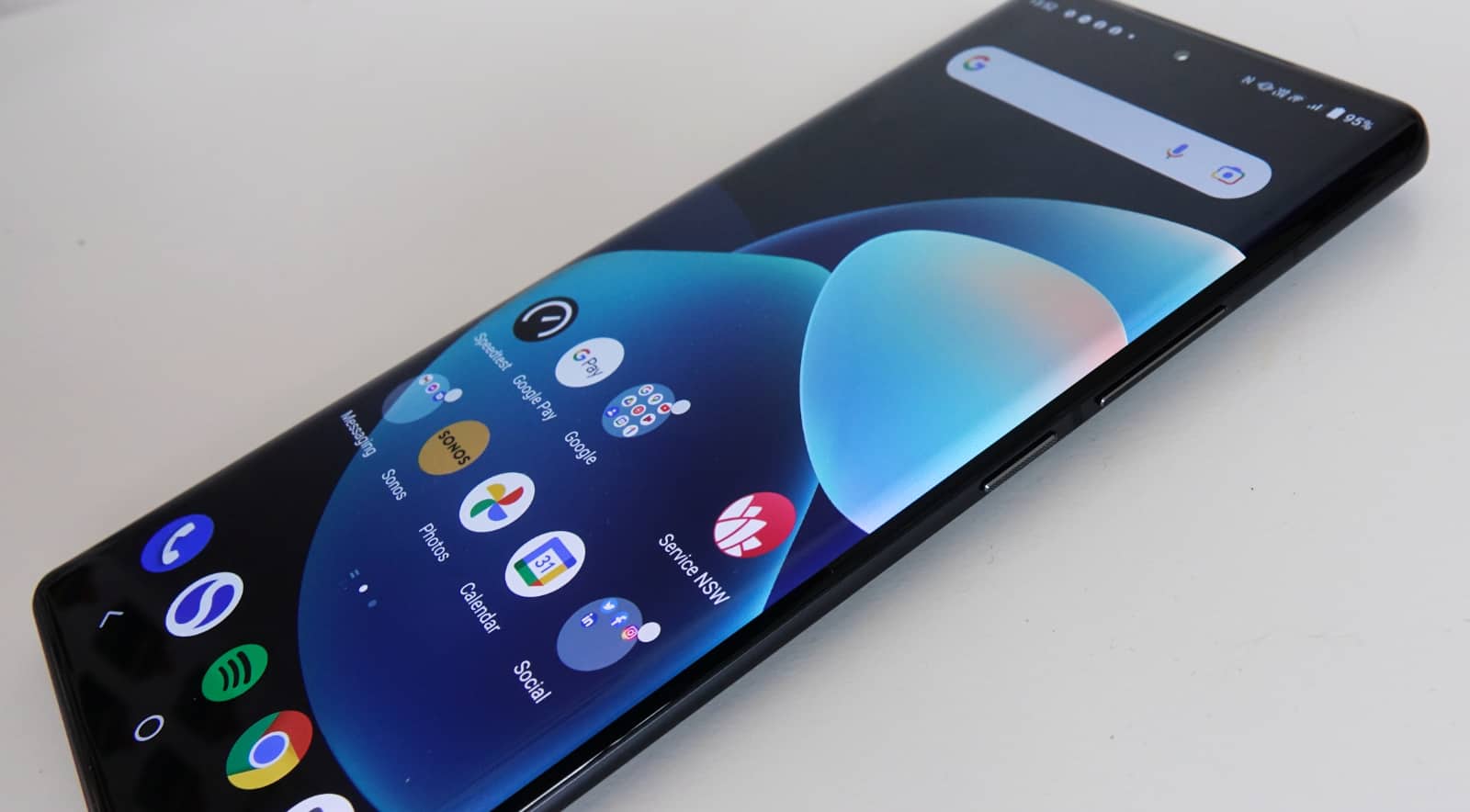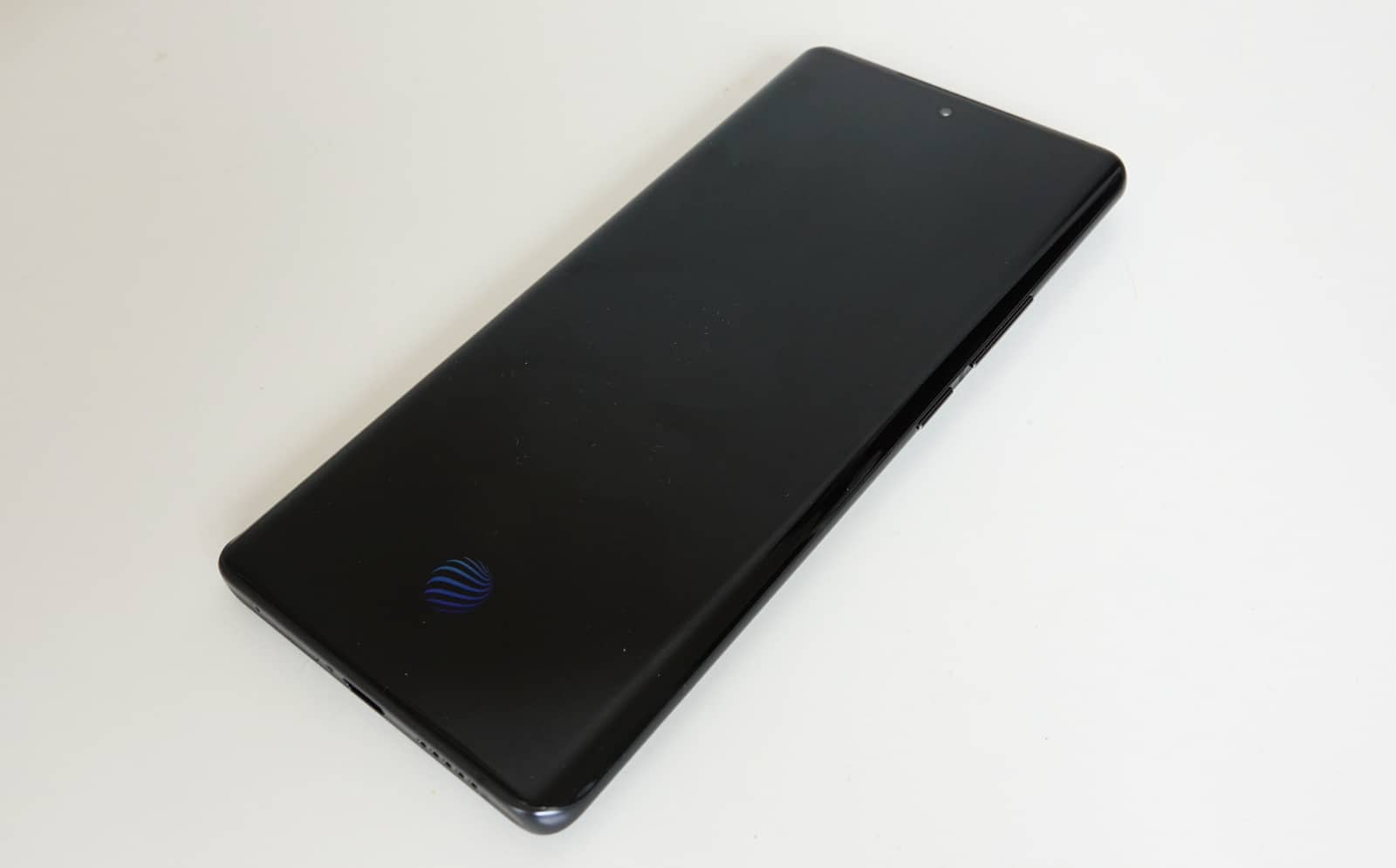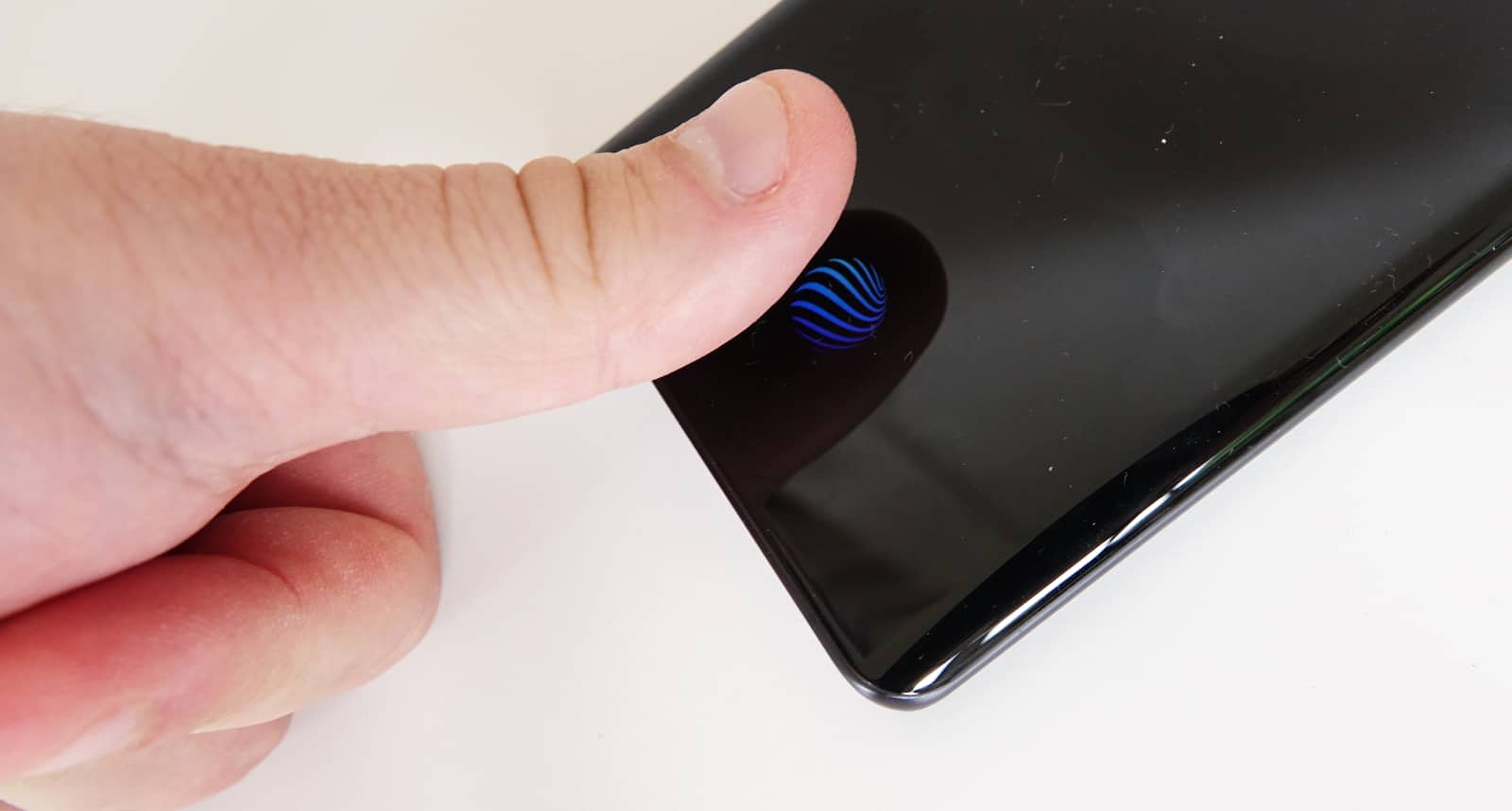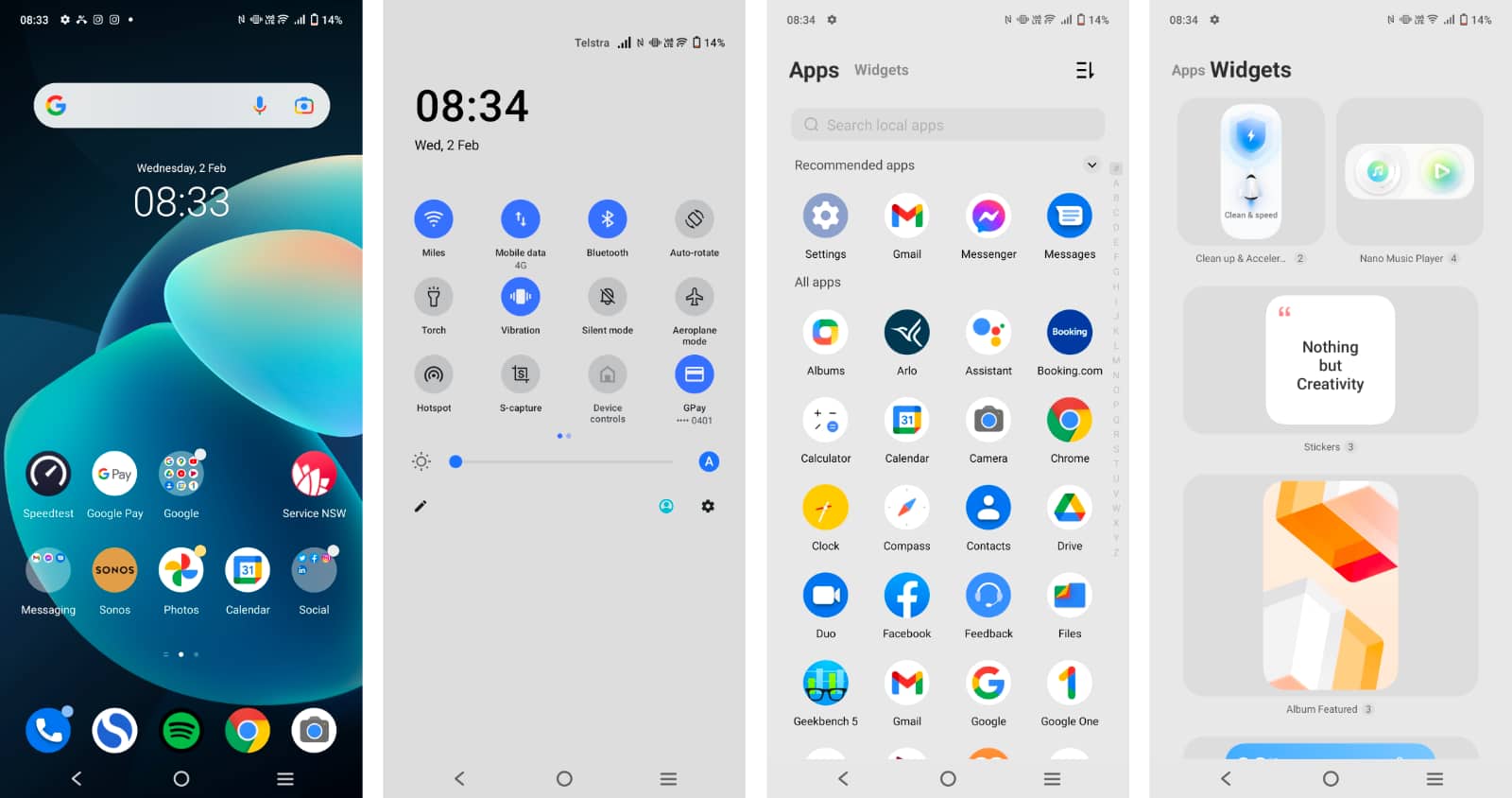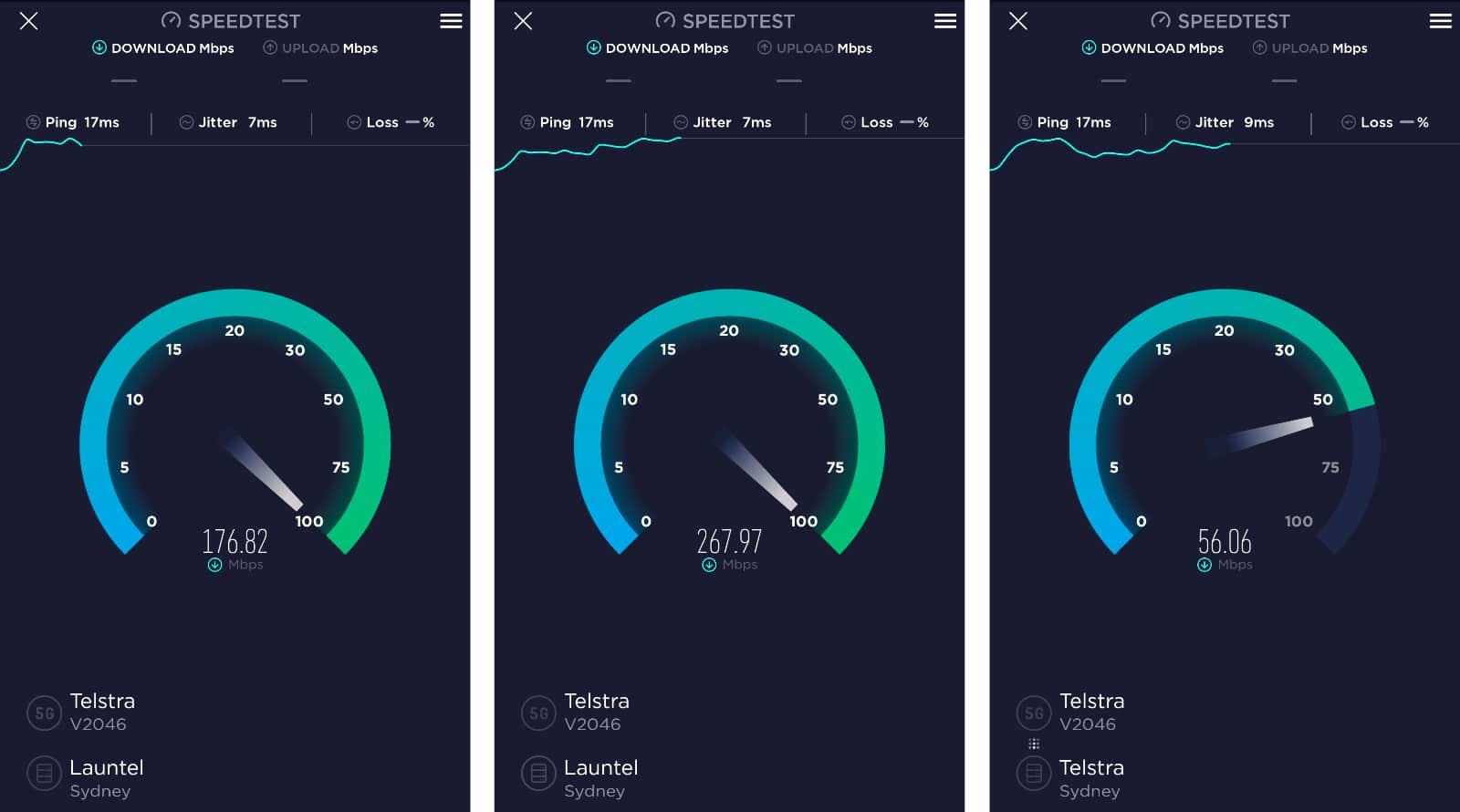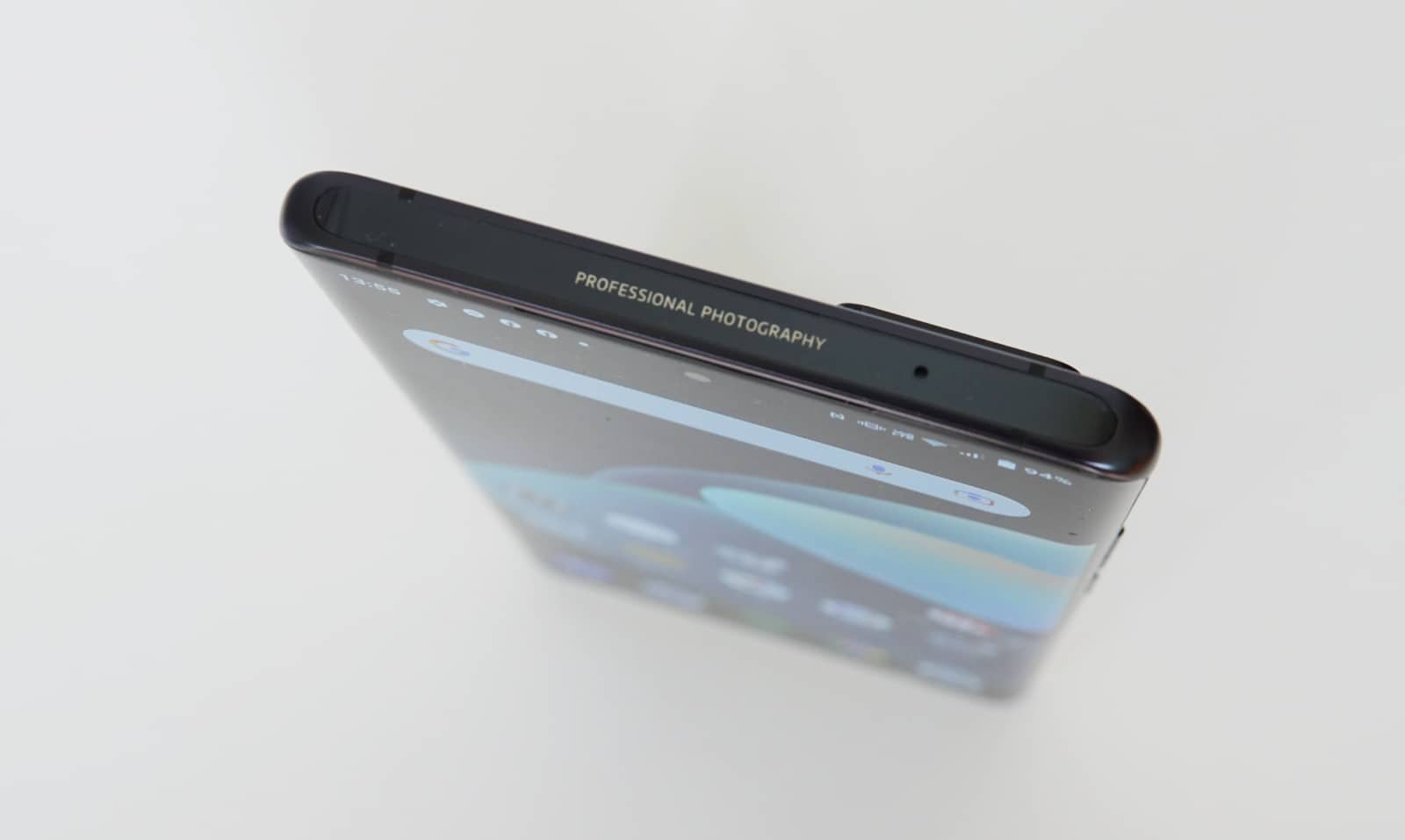Quick review
The good
The not-so-good
A little over a thousand dollars, the Vivo X60 Pro makes a case for someone looking for an Android that isn’t a Samsung or a Google, but still holds its own.
A couple of months into the year, we’re getting stuck into our first phone of 2022, even if it’s a phone from last year. Some things happened and delays occurred, so here we are getting into another Android phone, even if it’s one that aims to be premium without necessarily the obvious premium price.
That’s a part of the market growing in number, though, and with models like the Samsung S21 FE and Google Pixel 6, you can find quite a bit of premium for a price that feels lower than what “premium” normally offers.
It’s that part of the market where the Vivo X60 Pro is positioned, a premium pitch from a proprietor you mightn’t have had pushed your way before, possibly because they’re somewhat new in Australia. We last checked out the Vivo S1 back in 2019, and that was one of Vivo’s first arrivals in the country, making it a company that has had roughly two years of mobiles locally.
But that doesn’t mean it’s inexperienced. Far from it, and with the recent flagship, it’s talking up a big AMOLED screen, a camera partnership with Zeiss, and a design that exhibits a premium feel. At $1099, is the Vivo X60 Pro a premium phone made semi-affordable?
Design
Upon first glance, the X60 Pro feels good, and looks good, too. While the design is reminiscent of what Vivo did in the last X-model, the X50 Pro, it also looks back at something equally familiar: Huawei’s P30 Pro.
Remember that lovely phone? The P30 Pro offered a metal body with slick thin edges, a curved glass screen, and a design that felt great in the hands, and the Vivo X60 Pro is basically like that, but with Vivo’s choice of hardware inside, not Huawei’s.
As such, you’ll find a lovely glass and metal design that feels equally slick and lovely, with firm flat edges at the top and bottom that are so flat, if you’re really careful, you can stand the phone up straight just resting on them.
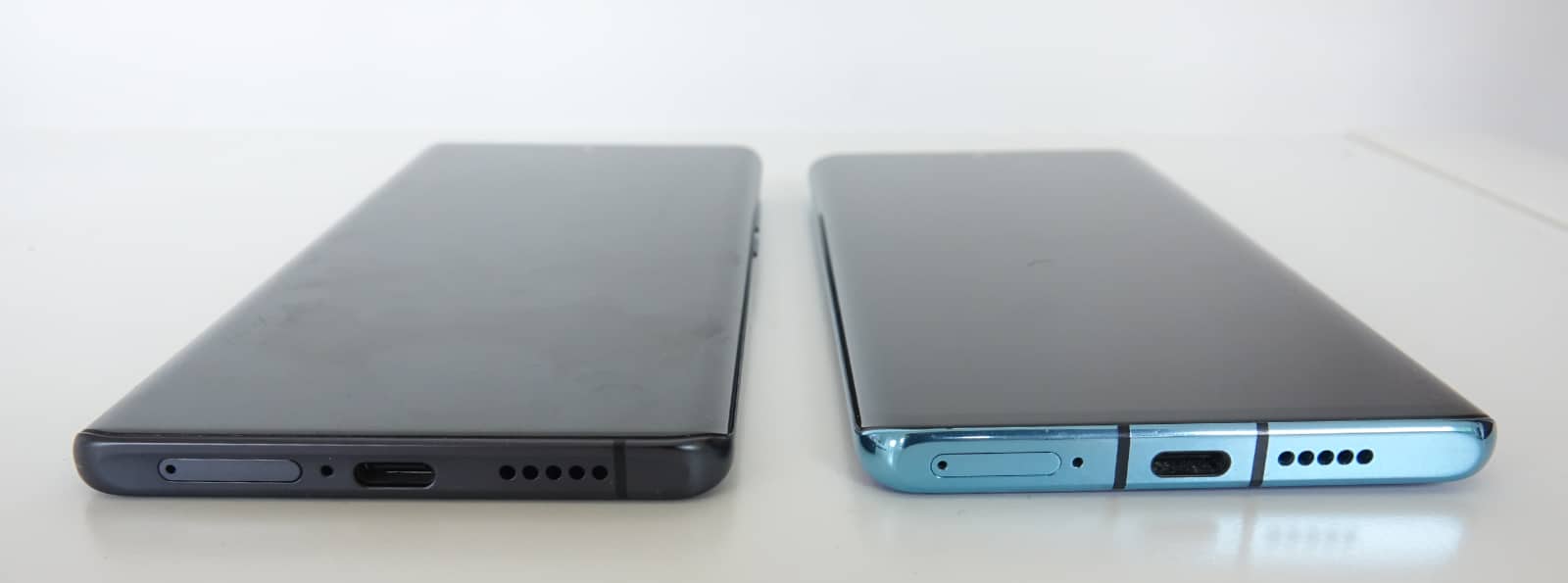
Features
Inside, the X60 Pro is most certainly not the Huawei P30 Pro, nor is it the X50 Pro, at that.
You’ll find a fairly recent chip, the eight-core Qualcomm Snapdragon 870 processor paired with 12GB storage and 256GB RAM, the latter of which cannot be upgraded and is fixed to the device.
Android 11 came on the phone as we received it, but Android 12 was available by the time we started our X60 Pro review, so we used that instead. It’s skinned with Vivo’s take on Android, a launcher that offers some tweak and customisation as “Funtouch OS”.
Three cameras can be found at the back of the phone, offering a big 48 megapixel sensor with a large lens for the main camera (F2.0), plus an ultra-wide 13 megapixel F2.2 and a 2x telephoto set to F2.5. There’s support for macro in the X60 Pro camera setup, plus an assortment of camera modes, portrait included, and the camera is engineered partly with Zeiss, which we hope translates to the glass, as well, since Zeiss still makes lenses. There’s even a gimbal in the design to help keep movements down during capture, both for stills and video.
Using this combination of hardware, stills shots are typically limited to 12 megapixels, resized from the 48 megapixel sensor, though 13 megapixels is what’s offered on the other cameras, while video is covered at a maximum of 4K. On the front, there’s also a 32 megapixel camera for selfies, as well.
The connection types are par for the course, however, with 4G, 5G, Bluetooth 5.1, WiFi 802.11a/b/g/n/ac, GPS, Near-Field Communication (NFC), and a USB Type C port. That USB Type C port is the only port on the X60 Pro, using it for both charging the phone, data, and a headset jack if you need one.
There’s also a fingerprint sensor built directly into the screen, with the display providing a 6.56 inch AMOLED screen set for a Full HD+ resolution of 2376X1080, with a speed of 120Hz for slick animations.
The Vivo X60 Pro comes with a 4200mAh battery, but there’s no wireless charging in the design.
In-use
And with that, we’re getting stuck in, powering the phone up and letting its nice AMOLED display greet us and all of what we can do.
Unlocking the X60 Pro will need your PIN, your finger, or your face, and while the first and third are all easy, the fingerprint sensor isn’t fantastic. Another of those under-screen varieties of fingerprint sensor, we found a fifty-fifty sort of response for the sensor working and getting us to log in, and needed to register the same finger twice (as two fingers) just to get it working better.
Using the phone is otherwise pretty much like every other Android phone, though you’ll find the soft buttons built into Funtouch here, and they can be a little finicky and slow at times.
Also of note is the screen, which picks up on errant presses in a rather annoying way at times, jumping you out of apps, namely that of the camera. It’s one of the teething issues that rears its head with curved screens, something we grew used to years ago when phone manufacturers started rolling them out in devices, and it’s here in the X60 Pro, as well.
Hold the phone by its edges while you’re in the camera and this is less likely to happen, but grip the display and an errant press is likely to jump you out of the camera and into either the home screen or even calling up the Google Assistant, as was the case for us repeatedly.
Performance
However, armed with a relatively meaty processor, the Snapdragon 870, the Vivo X60 Pro handles itself quite well, thanks in part to a solid amount of memory paired alongside. A staggering 12GB RAM is found in this $1099 phone, with capable performance for most things in the X60 Pro and only a few hiccups here and there.
It’s also quite strong in 5G, with testing on Telstra in Sydney pushing speeds around the 300Mbps mark, though that’s network dependent, of course.
Sufficed to say, the X60 Pro feels a whole lot like a high-end phone, though there’s more to a high-end phone than the specs and grunt.
Camera
Part of what makes a high-end phone so high-end and flagship is the camera, and in that area, Vivo is hoping to stand out.
With three cameras the norm since the iPhone 11 Pro Max and smaller 11 Pro, Vivo is sticking with that same formula, but changing things out to be specific to its own take and no one else.
As such, you’ll find Zeiss branding on the main lens, with a big 48 megapixel camera taking key position above two other cameras, providing the ultra-wide and 2x telephoto cameras.
Snapping shots means capturing at 12 and 13 megapixels most of the time, the big camera downsampling four times, though you can capture at 48 megapixels if you want to. There are quite a few modes available, with the camera being fairly versatile overall.
There’s a standard wide, ultra-wide, and an acceptable telephoto that could be closer, but is fine at 2X. Of particular note, however, is the macro mode which is sharp and strong, and delivering similarly impressive results to the the iPhone 13 Pro and 13 Pro Max macro modes.
They’re good, but this is quite good as well, letting you get truly and properly close to things.
Vivo and Zeiss have also worked together for a fairly lovely portraiture mode that makes subjects shine, even if it exhibits the odd struggle in low light, creating some really strange blurred foregrounds in some shots.
But we’re more confused by the whole watermarking thing Vivo forces you to turn off in the camera settings, which itself is a bizarre inclusion that should be opt-in, not opt-out.
Simply put, if you don’t turn the watermarking features off in the camera settings, every shot you take will be left with a watermark proclaiming the date, time, and phone camera you shot the photos with. You presumably already know all of those, so having them burned into the image is clearly of no use to you, and yet you physically have to turn that feature off on the X60 Pro.
And to be honest, it’s just really weird.

We get what Vivo is trying to do — Zeiss is part of the package, so Vivo has tried to make the watermarking thing feel like an old camera might, with information etched into the photo — but it’s more of a hinderance and burden than anything truly useful.
Outside of this, however, the camera is surprisingly solid, providing a decent camera capability for a thousand dollar phone, for sure.
Battery
With that surprisingly capable camera comes a relatively decent battery, though it’s nothing mind-blowing.
We’re always hopeful for a two-day battery from a premium phone, but in the Vivo X60 Pro, you’ll find a good day with no problems, and possibly a little more. Charging nightly will be normal in the X60 Pro, but if you needed to, you could get by with a little more juice, such as if you had a night on the town.
Value
Fortunately the price is good, with the $1099 RRP in Australia delivering a decent competitor to the Pixel 6 and similarly priced smartphones. That’ll include the Google Pixel 6, delivering a curved display with a capable camera and seriously strong macro game to just marginally beyond the thousand dollar mark.
What needs work?
However there are things about the X60 Pro we’re a little confused on, simply because the phone is high-end, but still manages to miss on some of the high-end features other high-end phones get. Pretty much every other high-end phone.
Things like water resistance, with an IP rating missing in action. We’re not sure if that means it has water resistance or whether Vivo just didn’t want to get it certified, but without an IP rating, we’re not game to run this phone under the tap or take it near water of any kind, and it feels like a missed opportunity.
The same goes for wireless charging, which is one of those features we’d expect, but again is missing in action. It should be here on a premium phone, and yet isn’t, and is a touch surprising to say the least.
Outside of these omissions, the odd bugs with Funtouch are what conveniently bugged us the most with the X60 Pro, because the phone is great, but the occasional hiccup preventing you from using the phone is not.
Granted, every phone has hiccups and no mobile is perfect, but with a fast chip and 12GB RAM, the hiccups shouldn’t be as obviously odd as they are here, and we get the feeling if it was a stock Android experience, things would be better overall.
Final thoughts (TLDR)
There are hiccups here and there, but there are definitely things to like about the Vivo X60 Pro, even if other things could be ironed out. In short, it’s a good all-rounder for a little over a thousand.
We’d probably wait for the X70, though, because if Vivo can add those missing pieces — wireless charging and water resistance — while also improving the camera in the next round, it’ll have a genuine winner on its hands.



